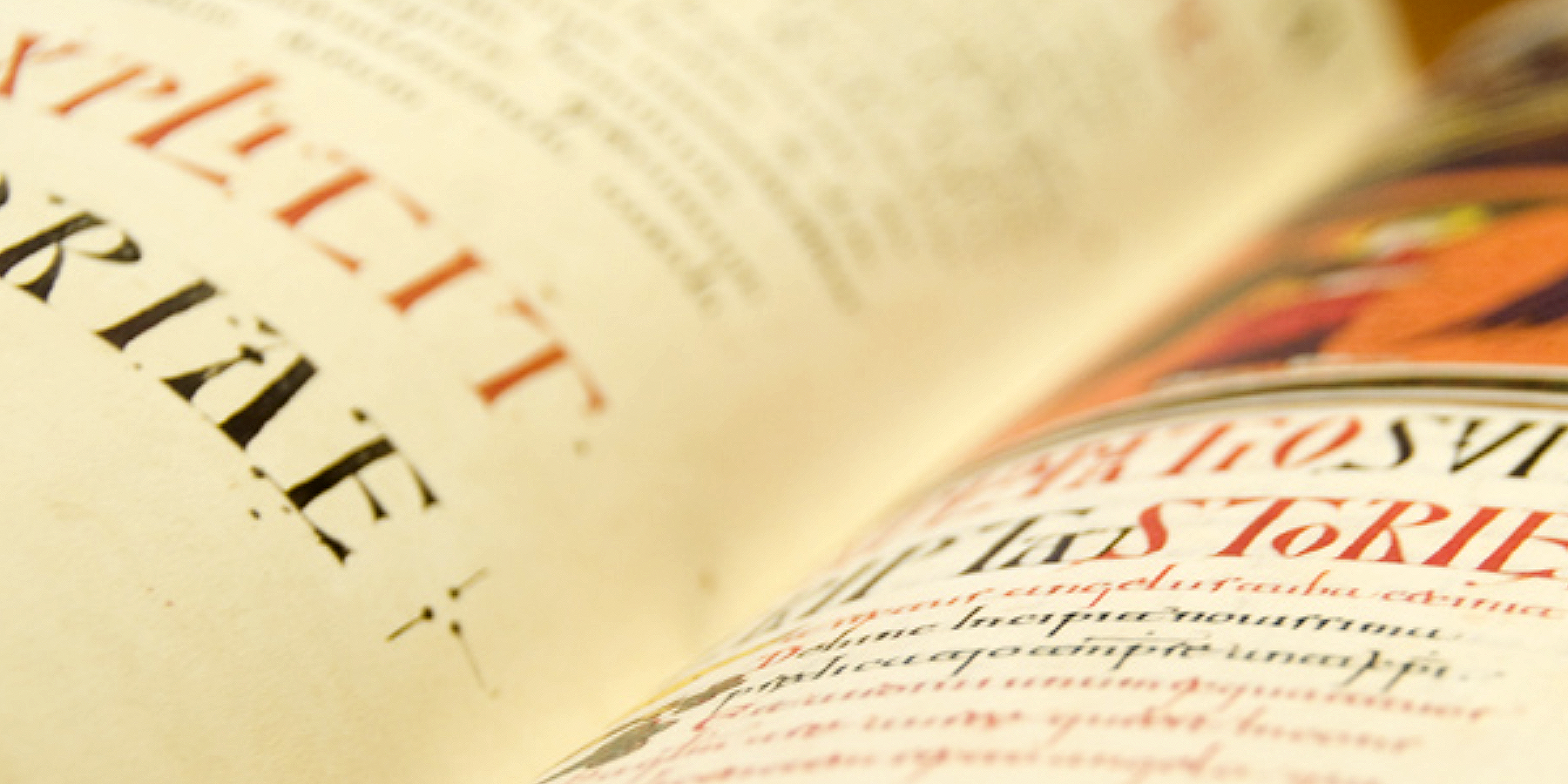The Monastery of Santo Domingo de Silos is part of the Camino de la Lengua Castellana (“Route of the Spanish Language”) and is one of the enclaves in whose manuscripts the first expressions or explanations in Romance language or popular dialects appear together with texts in Latin. These texts, the Emilian glosses from the Monastery of San Millán de la Cogolla, directly related to Silos, and the Cartularies of the Collegiate Church of Valpuesta, contain the first expressions of languages in formation and are essential references for the study of Medieval Latin, the origin of Castilian and other dialects.
The monastery has also been visited by artists and writers of various periods and nations, who have expressed their impressions and emotions in evocative creations. These include José Zorrilla, Miguel de Unamuno, the poets of the Generation of 1927 – Federico García Lorca, Gerardo Diego, Rafael Alberti – and poets and writings of the generations of the second half of the 20th century.
Among the best-known testimonies is the sonnet by Gerardo Diego written in 1924 in the monastery’s visitors’ book. It describes the cypress tree in the Silos cloister as a symbol of overcoming and of the spirit that transcends the earthly and rises to heaven, a place to which he returned and to which he again dedicated other poems.
These and many other visitors’ reflections bear witness to the fascination generated by the Monastery of Santo Domingo de Silos as a spiritual centre with more than a thousand years of history, full of symbolism and impressive creations, a living conduit of sensations.


